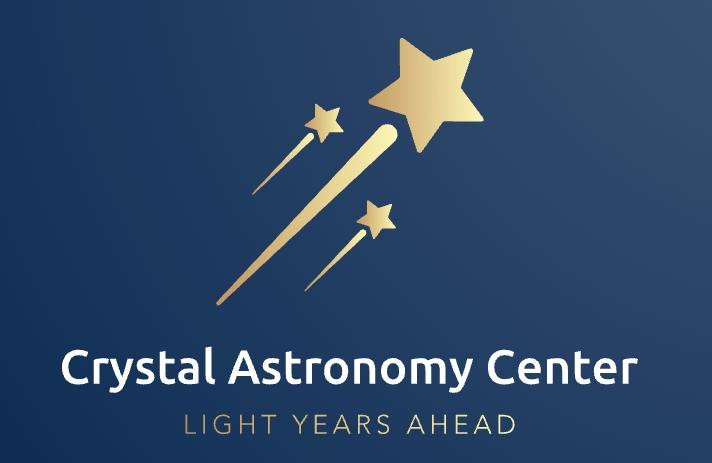Saturday, July 16, 2022
Friday, December 24, 2021
Sunday, November 28, 2021
Sunday, October 18, 2009
The New Scope
Now that the 8'' telescope is available, some more obervation was carried out from my Kolkata residence...
1) Messier 31 (Andromeda Glaxy) - This great galaxy lies at a distance of 2,500,000 ly in the constellation of Peagus. It appeared as a faint cloud and but the spiral shape of the galaxy was easily identifiable. The best time to oberserve this galaxy is October to December.
And the best way to find this object is to move the view towards north from the second star in the tail of Peasus constellation.
2) Messier 57 (Ring Nebula) - This nebula lies at a distance of 2300 ly in the constellation of Lyra. The ring was faintly visible considering the night sky condition in Kolkata...
The best time to oberserve this nebula is June July .


Saturday, March 10, 2007
Telescopic Views --- Saugata Das
My observation with a 2'' refractor :-
1>Sun spots
2>Planets.
a)Venus
b)Mars
Planet's closest approach to Earth in nearly 60,000 years in 2004.
c)Jupiter and its 4 moons(Io, Europa, Ganymede and Callisto)
Callisto is the outermost of the four and the most heavily cratered body in the Solar System. It may have a vast water ocean indside.
Io is innermost of the four. This sulfurous moon is the most volcanic world in our Solar System. It is peppered with hundreds of volcanoes, several of which might be active at any given moment.
Europa has an icy surface that may hide a layer of warm slush or even liquid water. That would make it one of the few places in the Solar System with that life-sustaining liquid.
Ganymede is the largest moon of Jupiter and the largest moon in the Solar System. In fact, Ganymede is larger in diameter than the planet Mercury and much larger than the planet Pluto. Ganymede has its own magnetic field.
d)Saturn but not its rings.
3>Nebula
a)Orion Nebula
The Orion Nebula M42 is the brightest diffuse nebula in the sky, and one of the brightest deepsky objects at all. Shining with the brightness of a star of 4th magnitude, it visible to the naked eye under moderately good conditions, and rewarding in telescopes of every size, from the smallest glasses to the greatest Earth-bound observatories as well as outer-space observatories like the Hubble Space Telescope. It is also a big object in the sky, extending to over 1 degree in diameter, thus covering more than four times the area of the Full Moon
4>Galaxies
a)Milky Way
b)M31 is the famous Andromeda galaxy, our nearest large neighbor galaxy
5>Earth's satellite
a)Natural -Moon
b)International Space Station
6>Transit of Venus on Jun 8 2004.
7>Globular Cluster
a)Globular clusters are the senior citizens of our galaxy - they contain suns at least 12 billion years old. Their tightly packed stars make them extremely spectacular when seen through the telescope, and easy to observe even from light-polluted areas. M7 is a large and brilliant group, easily detected with the naked eye. As Burnham describes it, "the cluster is seen projected on a background of numerous faint and distant Milky Way stars."
8)Lunar And Solar Eclipse
Announcements :New 8'' reflecting telescope to be commissioned from May 2007
1>Sun spots
2>Planets.
a)Venus
b)Mars
Planet's closest approach to Earth in nearly 60,000 years in 2004.
c)Jupiter and its 4 moons(Io, Europa, Ganymede and Callisto)
Callisto is the outermost of the four and the most heavily cratered body in the Solar System. It may have a vast water ocean indside.
Io is innermost of the four. This sulfurous moon is the most volcanic world in our Solar System. It is peppered with hundreds of volcanoes, several of which might be active at any given moment.
Europa has an icy surface that may hide a layer of warm slush or even liquid water. That would make it one of the few places in the Solar System with that life-sustaining liquid.
Ganymede is the largest moon of Jupiter and the largest moon in the Solar System. In fact, Ganymede is larger in diameter than the planet Mercury and much larger than the planet Pluto. Ganymede has its own magnetic field.
d)Saturn but not its rings.
3>Nebula
a)Orion Nebula
The Orion Nebula M42 is the brightest diffuse nebula in the sky, and one of the brightest deepsky objects at all. Shining with the brightness of a star of 4th magnitude, it visible to the naked eye under moderately good conditions, and rewarding in telescopes of every size, from the smallest glasses to the greatest Earth-bound observatories as well as outer-space observatories like the Hubble Space Telescope. It is also a big object in the sky, extending to over 1 degree in diameter, thus covering more than four times the area of the Full Moon
4>Galaxies
a)Milky Way
b)M31 is the famous Andromeda galaxy, our nearest large neighbor galaxy
5>Earth's satellite
a)Natural -Moon
b)International Space Station
6>Transit of Venus on Jun 8 2004.
7>Globular Cluster
a)Globular clusters are the senior citizens of our galaxy - they contain suns at least 12 billion years old. Their tightly packed stars make them extremely spectacular when seen through the telescope, and easy to observe even from light-polluted areas. M7 is a large and brilliant group, easily detected with the naked eye. As Burnham describes it, "the cluster is seen projected on a background of numerous faint and distant Milky Way stars."
8)Lunar And Solar Eclipse
Announcements :New 8'' reflecting telescope to be commissioned from May 2007
Subscribe to:
Posts (Atom)



































